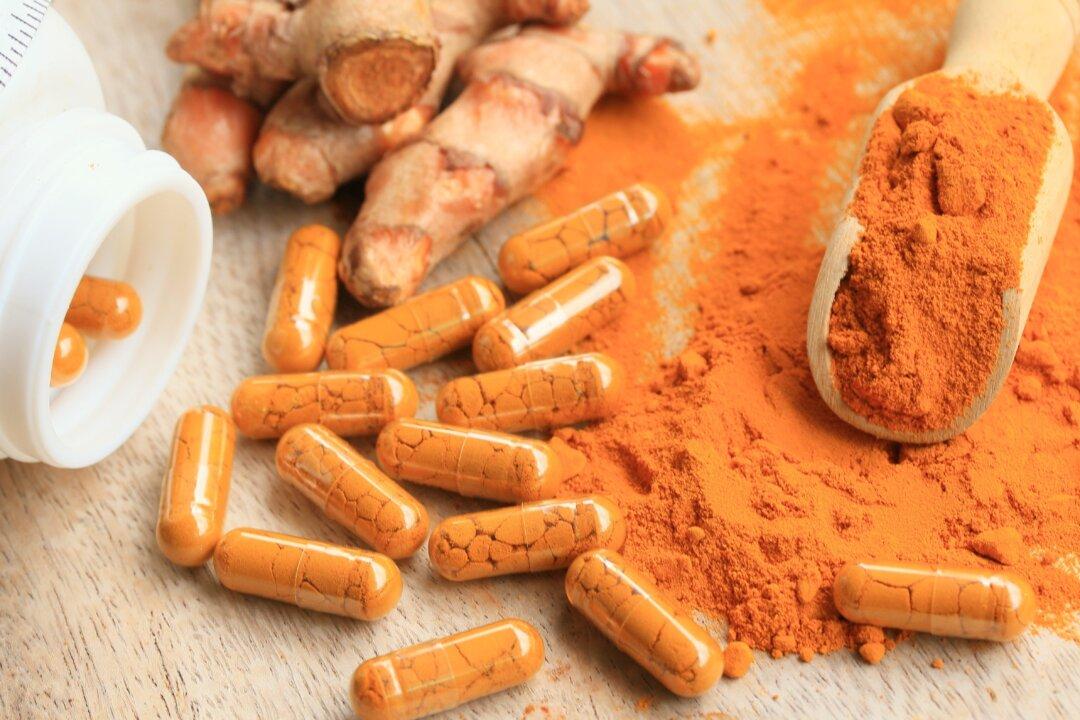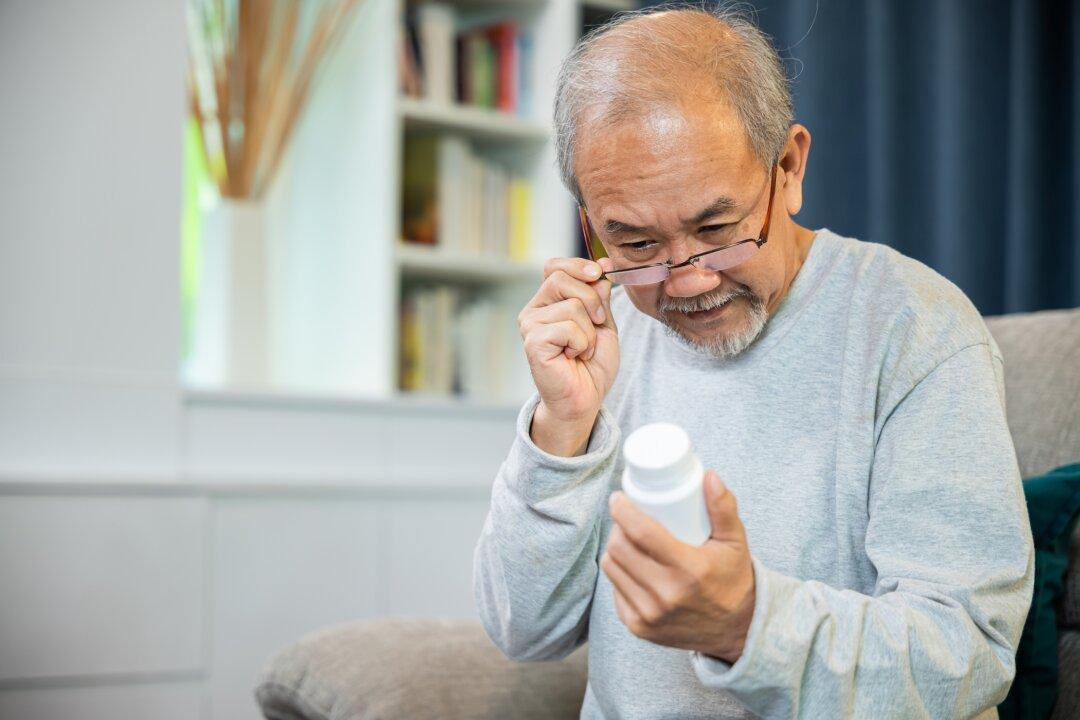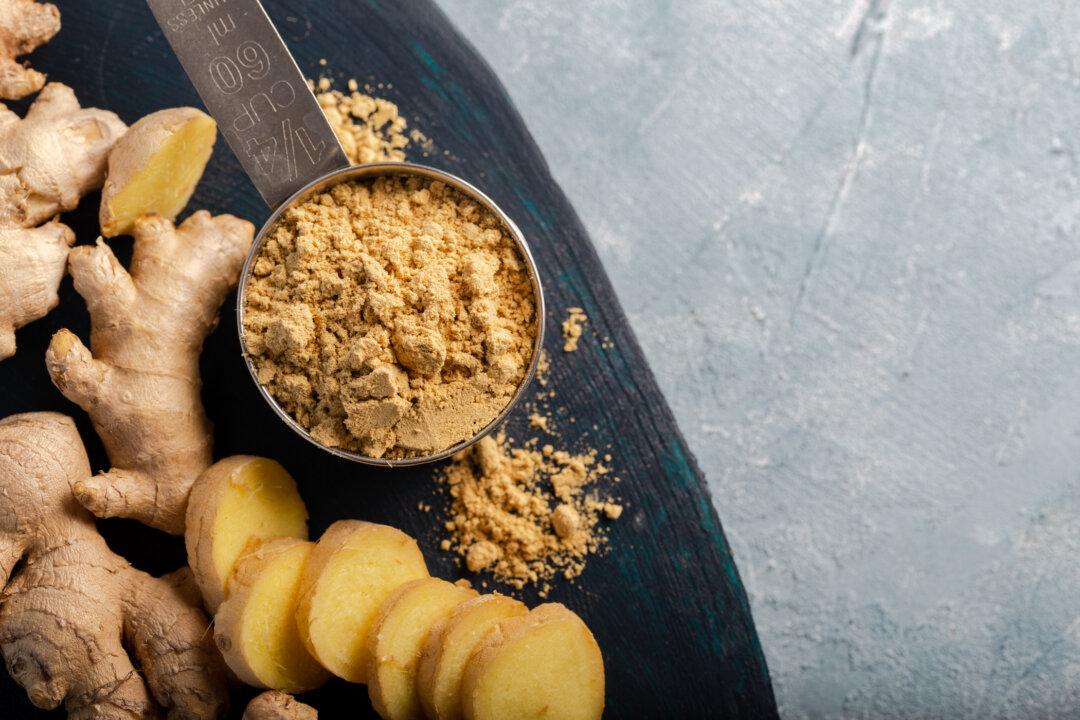One of the greatest triumphs of biomedical science today is its role in validating ancient healing modalities that long before the advent of science, and even recorded history itself, were passed down from generation to generation in the vast body of folkloric medical knowledge that still forms the basis for the majority of the world’s primary health care system.
These so-called “natural” or “alternative” modalities, which our species owes its present-day survival to after eons of dependency on them, are increasingly gaining the attention of men and women in white lab coats intent on unlocking the mysteries of how they work, and in many cases, why they work better than patented, synthetic, chemical-based medications. No better example of this today exists than turmeric.
Research Validates Turmeric’s Healing Efficacy
There is an immense body of research that substantiates that turmeric can prevent and treat disease.
Over the course of the past seven years, we have indexed more than 2,700 studies investigating the health benefits of turmeric (or its components) in disease prevention and treatment, discovering an astounding 800-plus different diseases that it may be of value in ameliorating.
The complexity of this substance in modulating more than 150 biological pathways in the body, simultaneously, in a way that almost invariably produces positive results is simply astounding and could be interpreted as exemplifying a type of plant intelligence if not also inter-species compassion between the plant and animal kingdoms.
The research continues to pile up, with a newly published study added to Medline every few days. As of the writing of this article, there are more than 9,000 published studies on the topic. In fact, our database on turmeric has grown so large that it takes an entire server just to load the data for professional members performing dynamic filtering by study type, date, etc.
Our regular followers know we report extensively on the evidence indicating that turmeric, and particularly the golden-hued polyphenol known as curcumin it contains, is superior to a wide range of pharmaceuticals both in safety and effectiveness. Some of the most compelling examples are listed below:






